Food Justice
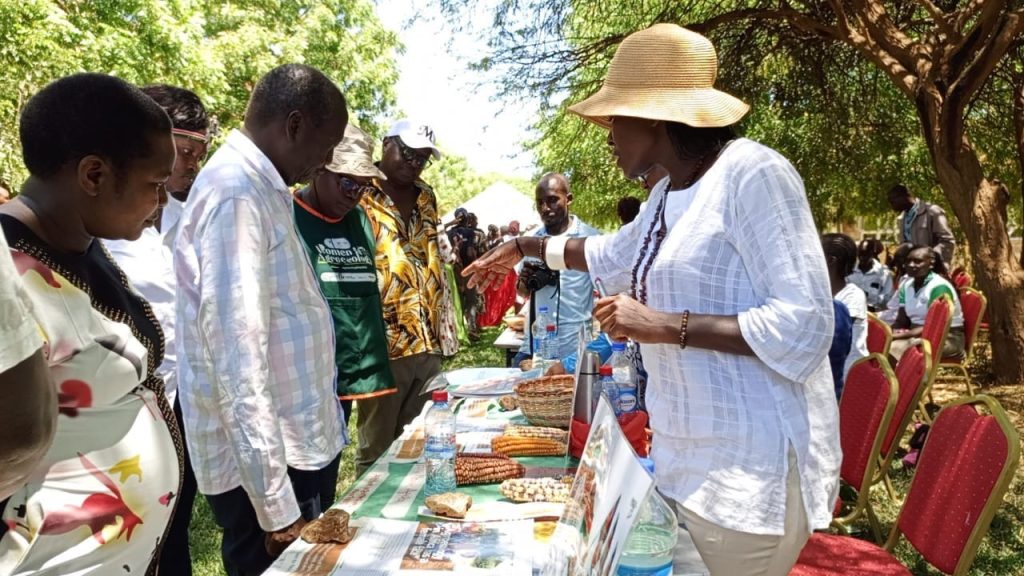
With support from Landscape of Hope , Haki Nawiri Afrika’s initiative building climate resilience communities through agroecology is reaching out to primary and secondary schools in Siaya and Machakos Counties .School children suffer from inadequate food , either within their homes or learning institutions.They may not be happy with the diets they have .This calls for a rethink of food systems within learning institutions with a focus on sustainable and healthy diets , which is also balanced.Land that schools have can provide spaces to grow vegetables and fruits for the learners.This is also an opportunity to reconnect young people with nature and dismantle the narrative that agriculture is punishment.During school visits , children are often asked to share characteristics of hungry children , the responses we get are : Dull, angry, unable to concentrate in class and moody.
In promoting agroecology in schools and Haki Nawiri Afrika also utilises music and dancing as an integral part of agroecology information dissemination .After clearing land , the pupils take a pause , listen to music and dance .In Africa dancing is part of our DNA .The learners are also encouraged to adopt the trees and take care of them.Each learner has a tree named after them thus enhancing responsibility and environmental stewardship.
Through this initiative , young people are learning about recycling, biodiversity restoration, soil health ,indigenous seeds and cultural practices relating to food and biodiversity protection, biological interactions and land use management .The young people further get to understand constitutional provisions for the realisation of the right to adequate food as well as environmental protection.
In Siaya County, the initiative worked with Ober Primary School, Ulamba Primary School(https://primaryschool.co.ke/siaya/wagai/north-east-gem/ulamba-20545/), Nyapiedho Secondary School( and Ulamba Primary School in Gem Sub County . Through the initiative school gardens were developed including planting of vegetables , trees and fruit trees .In the process , sanitary pads and stationery were also distributed to the learners
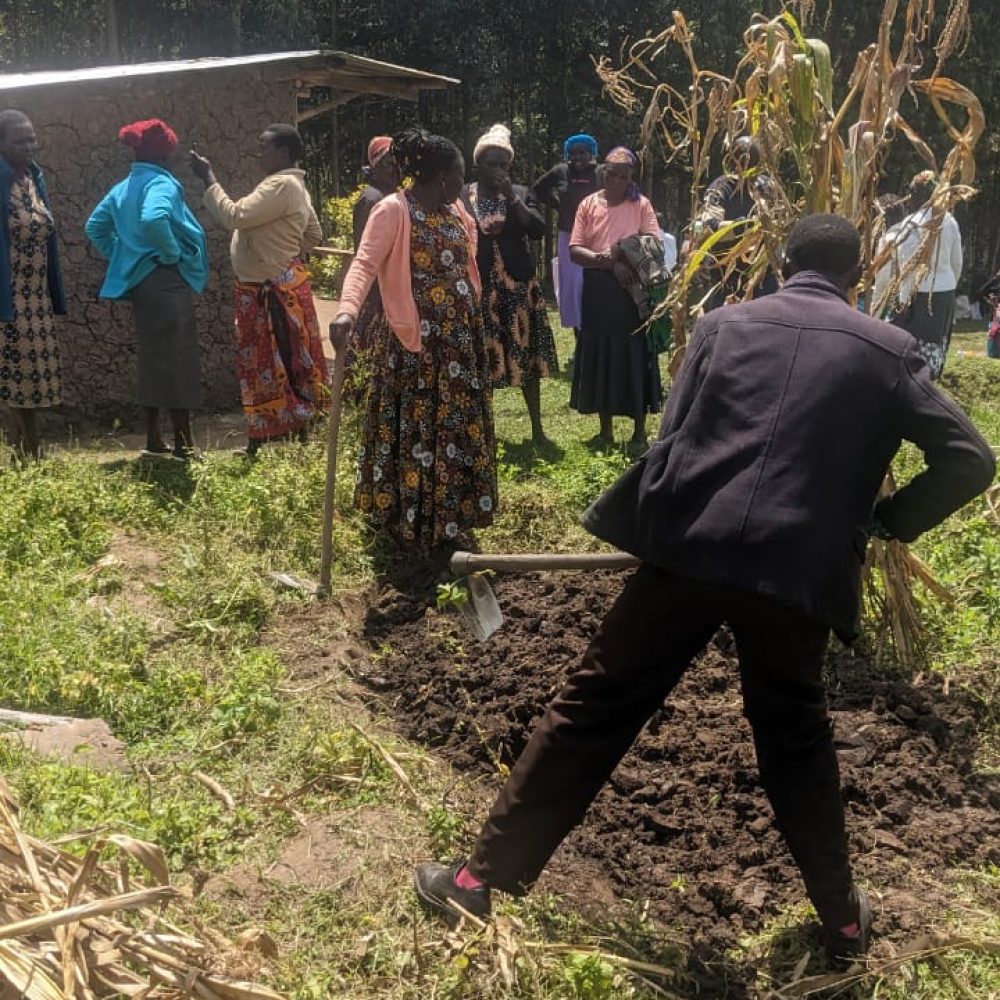
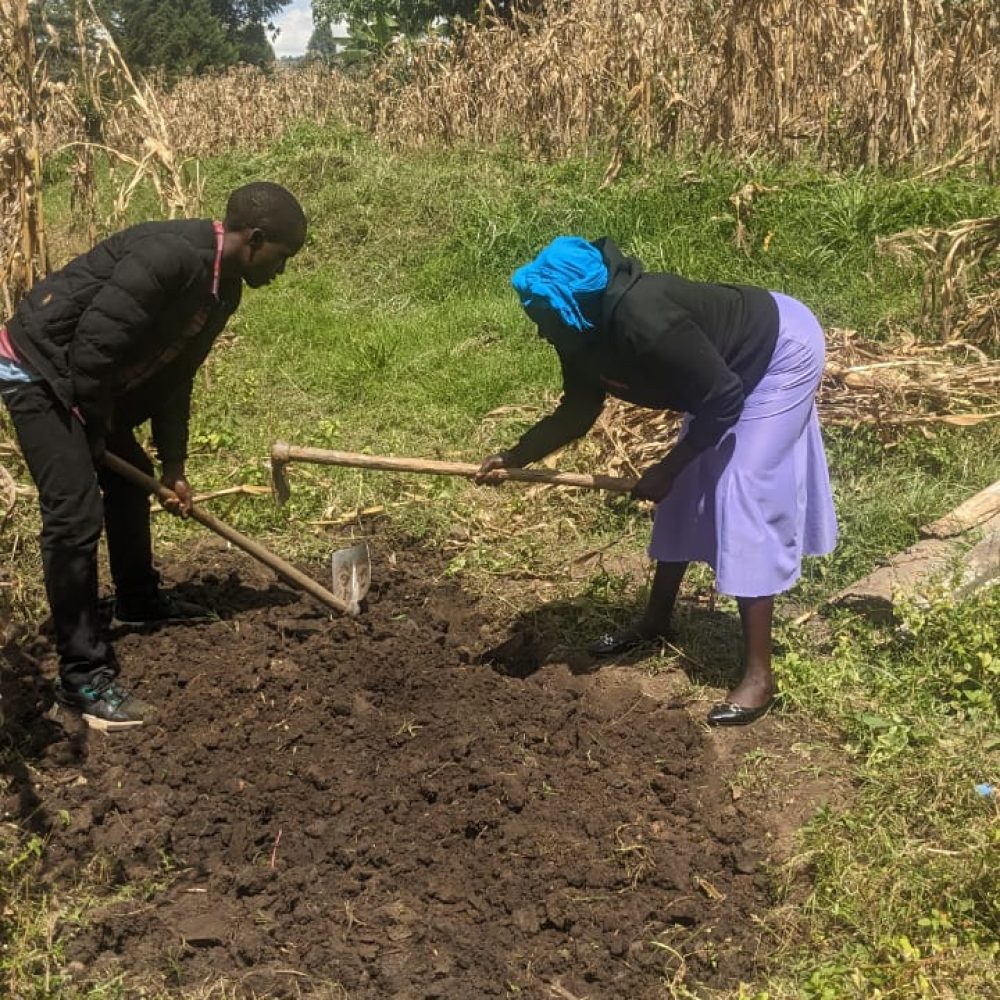
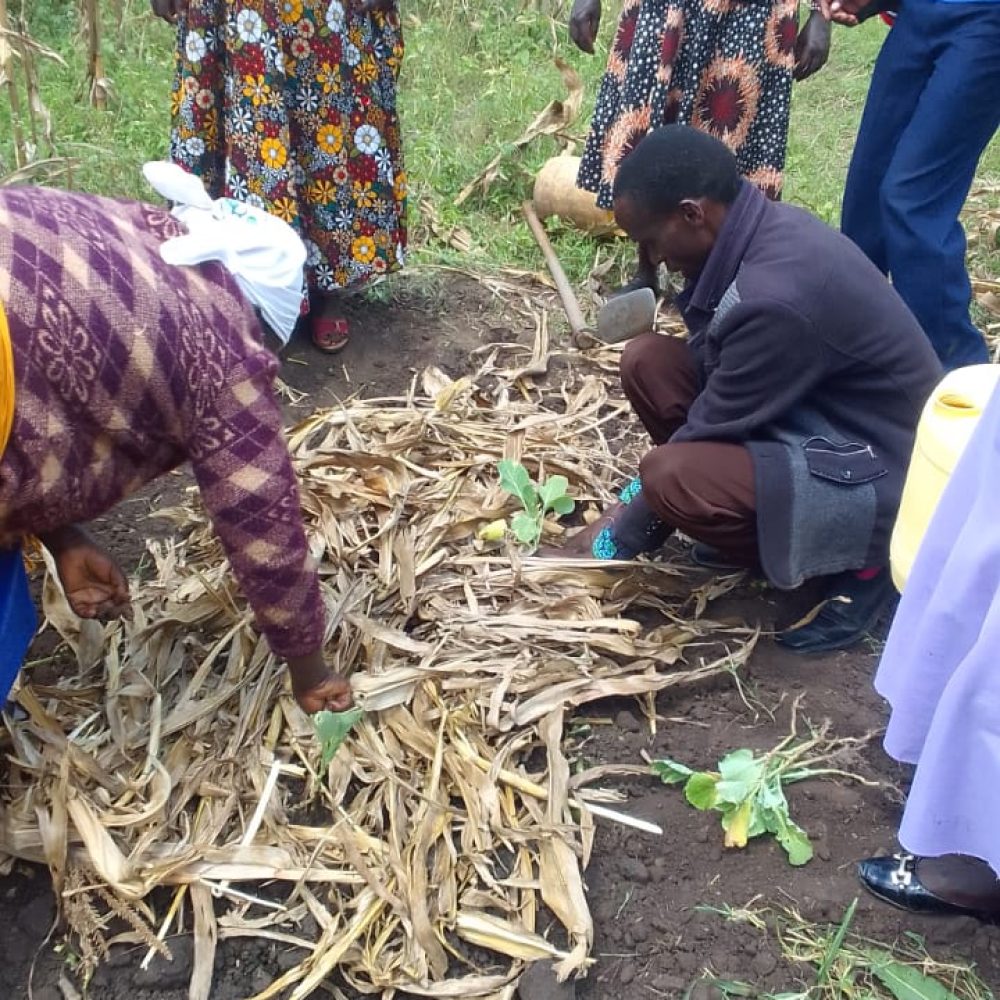
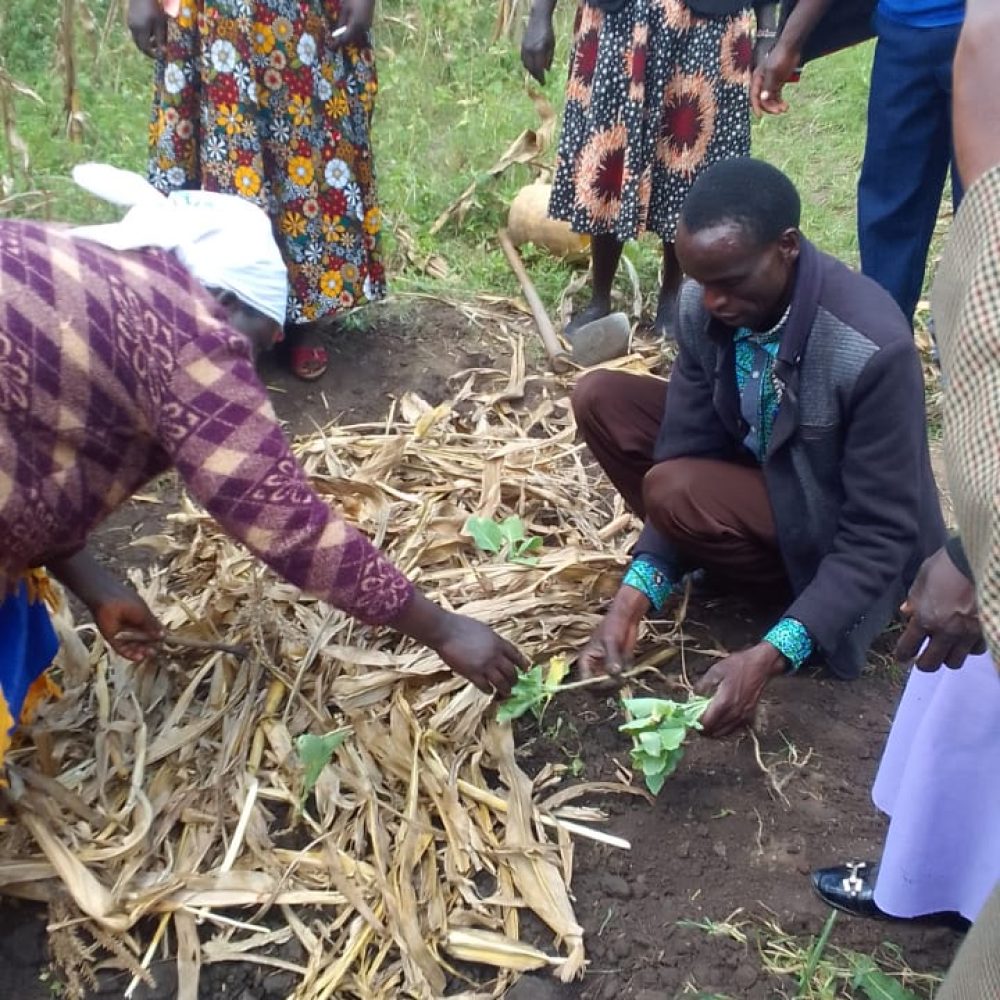
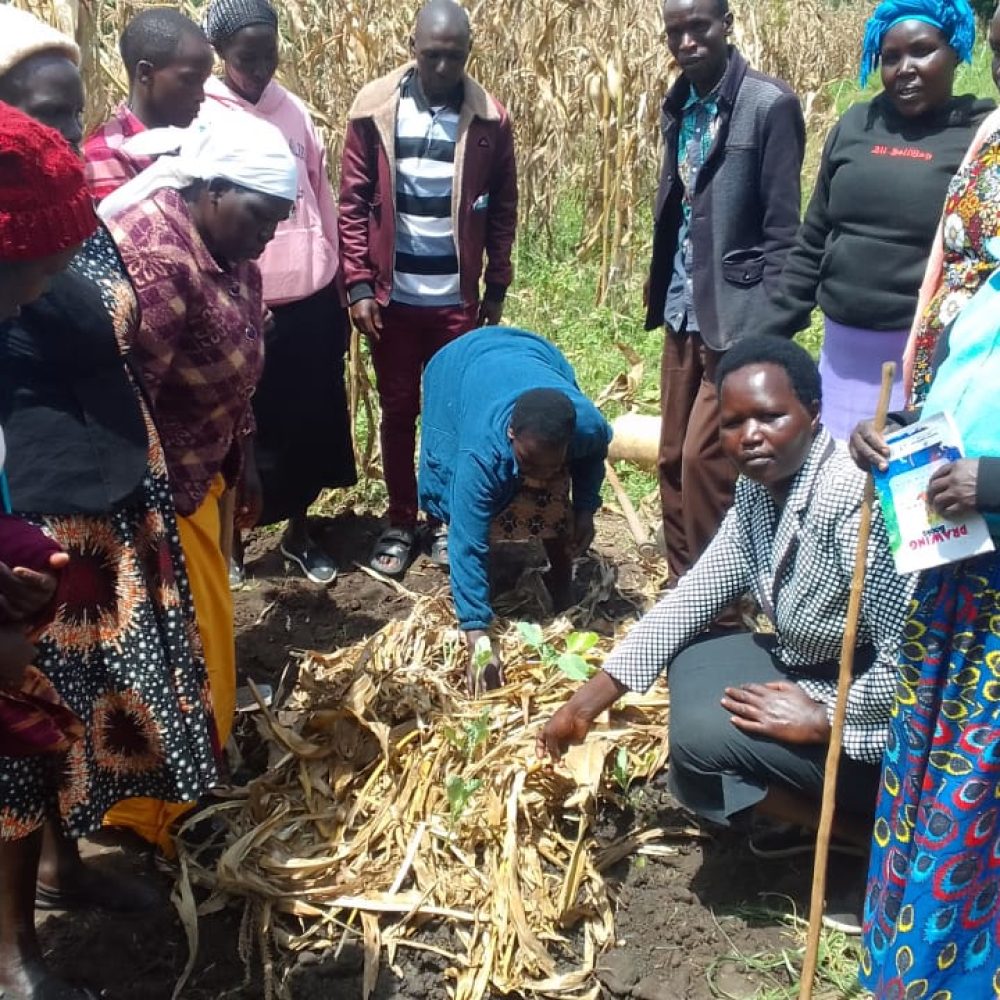
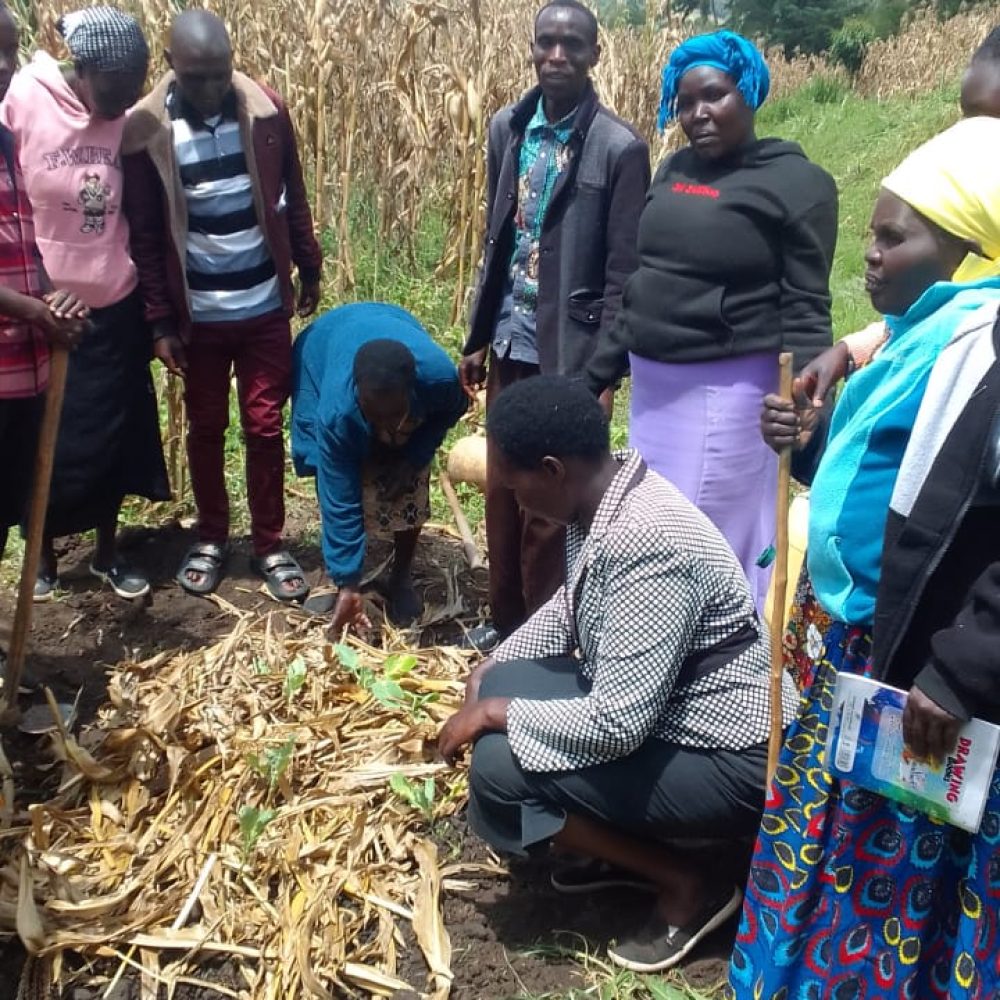
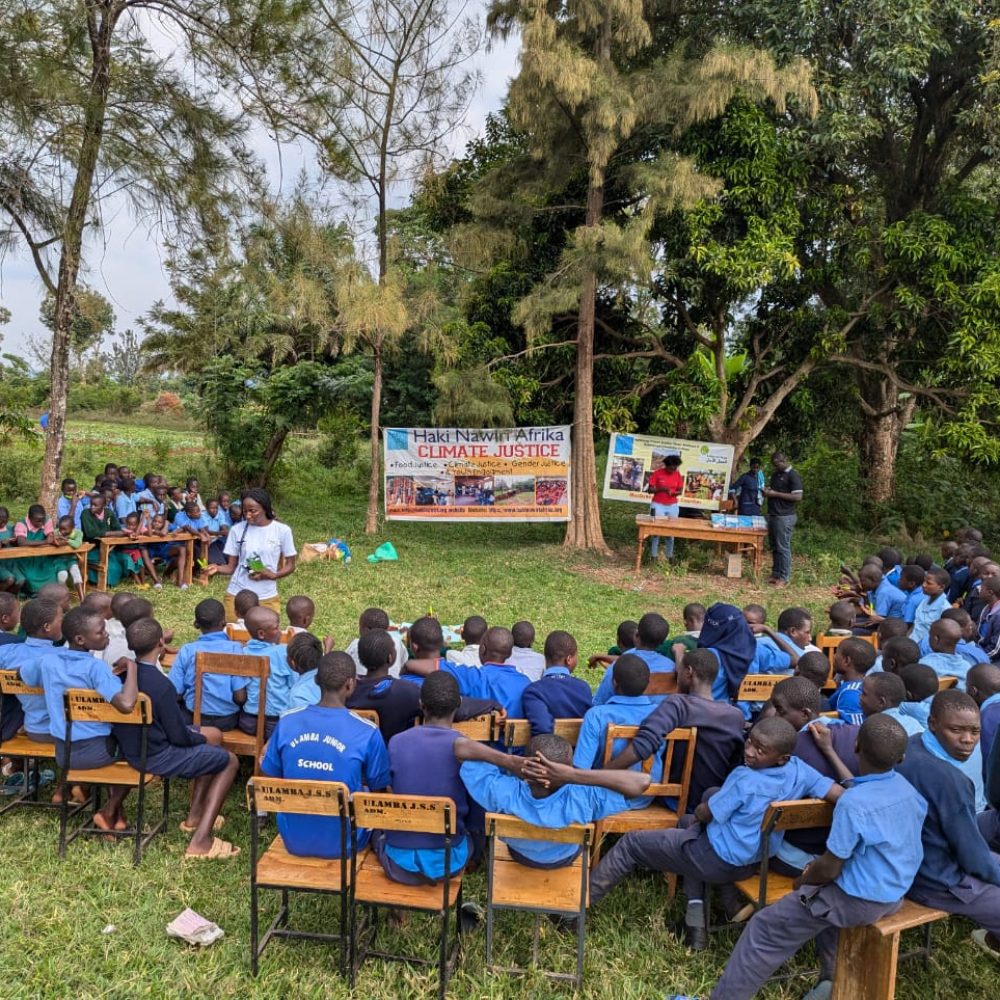
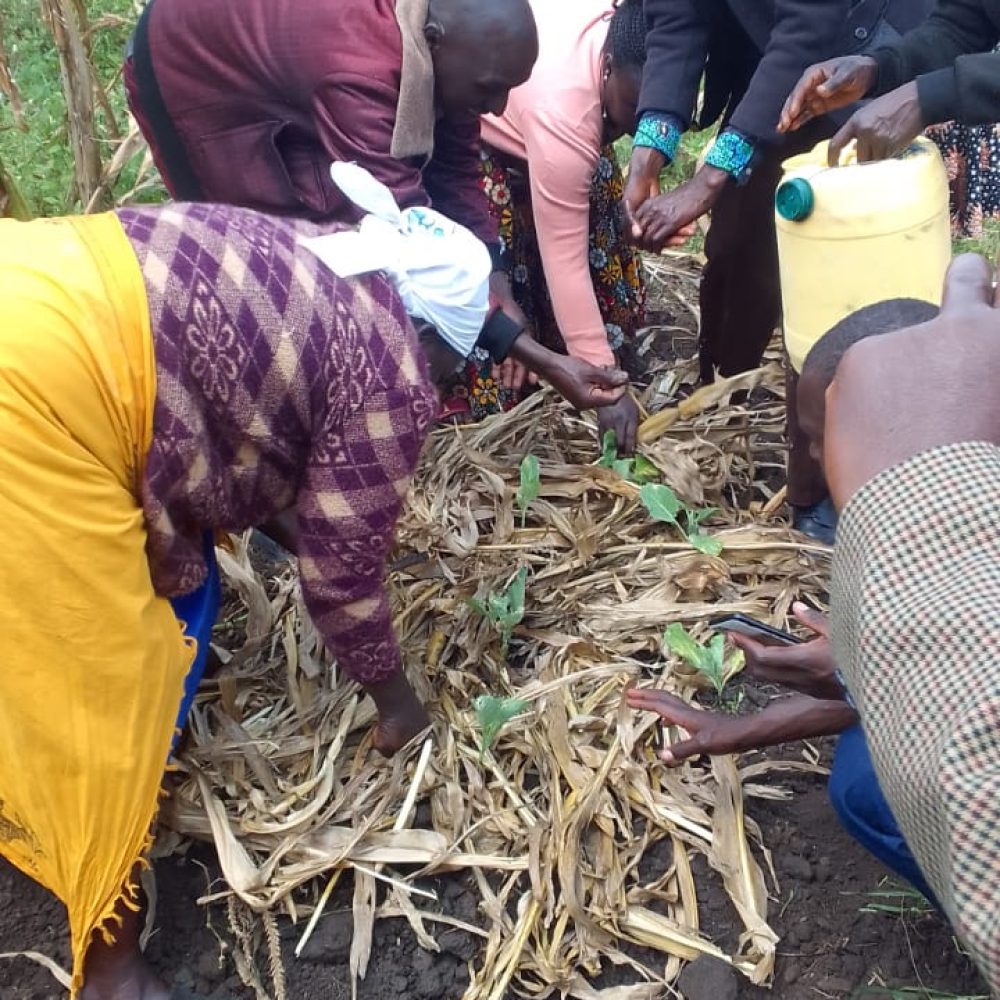
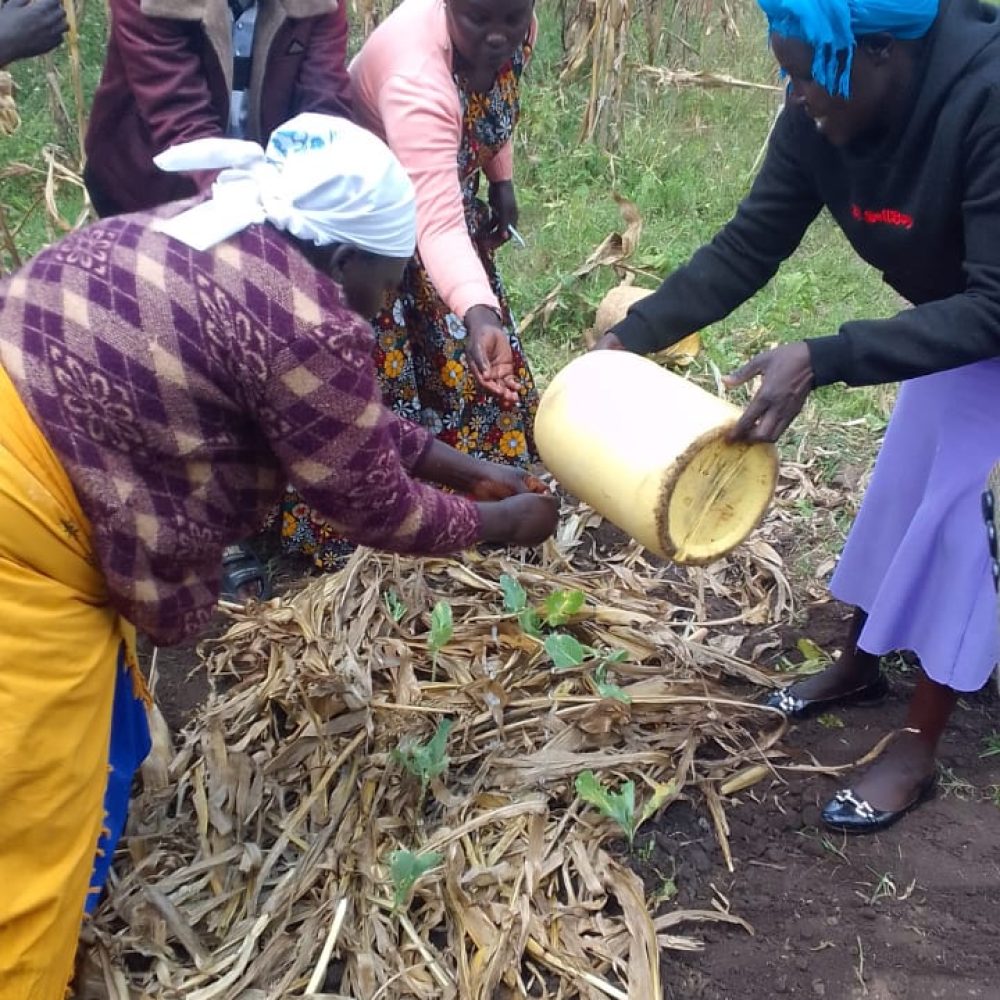
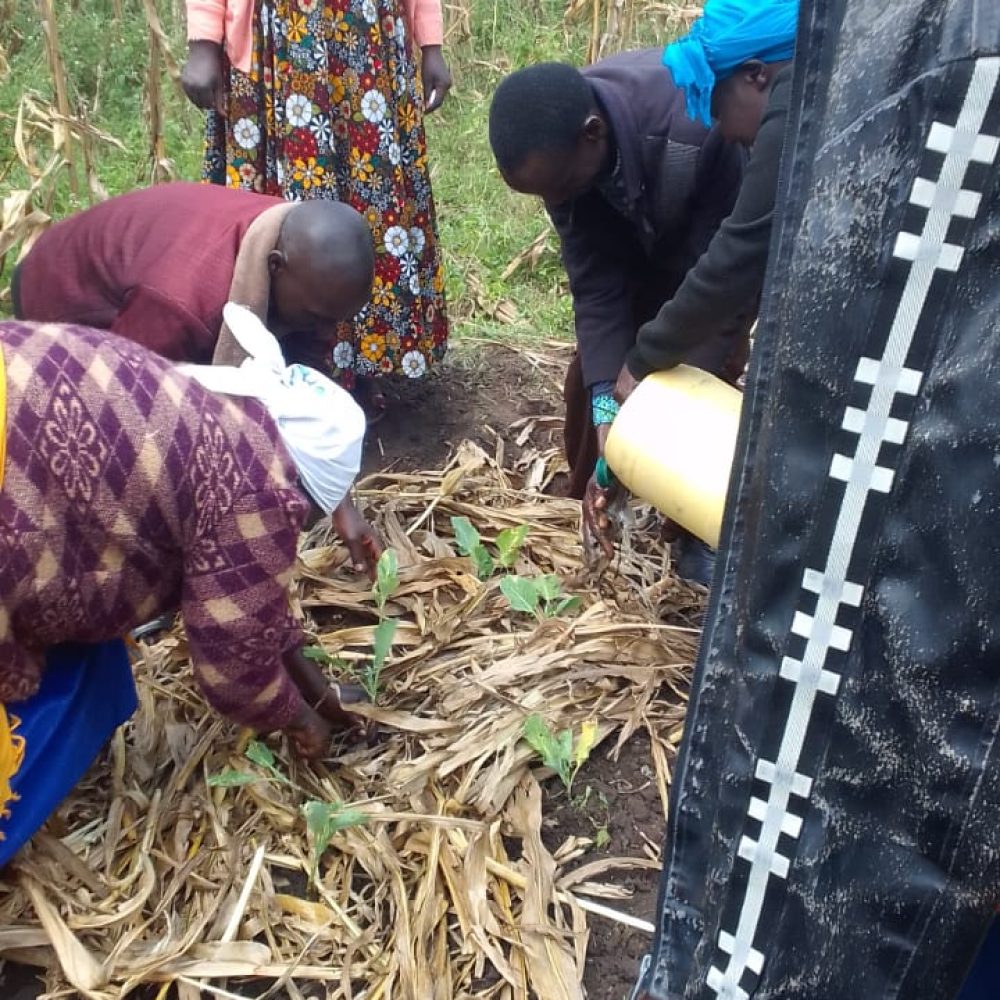
Policy engagement towards food justice
Rome based agencies are responsible for policy work on matters food security and nutrition.These include Committee on World Food Security (CFS) , World Food Programme (WFP) and the Food and Agriculture Organisation(FAO). The linkages between the grassroots communities working on food security and nutrition with the Rome based agencies is the Civil Society and indigenous Peoples Mechanism (CSIPM) . The interface between CFS, CSIPM and FAO is space where Civil Society Organisations(CSOs) can converge on matters food security and malnutrition.A platform for sharing and linking grassroots realities with global food security processes and a policy space for advocacy to ensure voices of those left behind are heard. It is a platform for bringing invisibilised realities with food and nutrition security such as how patriarchy inhibits women and girls in Africa from accessing and controlling land, the negative impacts of debts on household food insecurity among others. The other convergence point is policy uptake and dissemination of policy products . Most of the time voices and the lived experiences from the Global South are often muted in global policy spaces .This is because of a range of challenges such as visa , airfare and access to the spaces .Additionally most policy documents are written in foreign languages , further excluding those who are often left behind. Haki Nawiri Afrika has embarked on an initiative to popularise the outcome documents of the negotiation processes on matters food and nutrition.This is through organising community based sessions to disseminate information , unpack the negotiations and outcome documents of global policy documents and bring these outcomes to the grassroots .The organisation is also communicating the grassroots realities of women , fisherfolk , farmers , youth in Kenya in particular and Africa in general to global and policy spaces as part of Bringing Rome Home.

